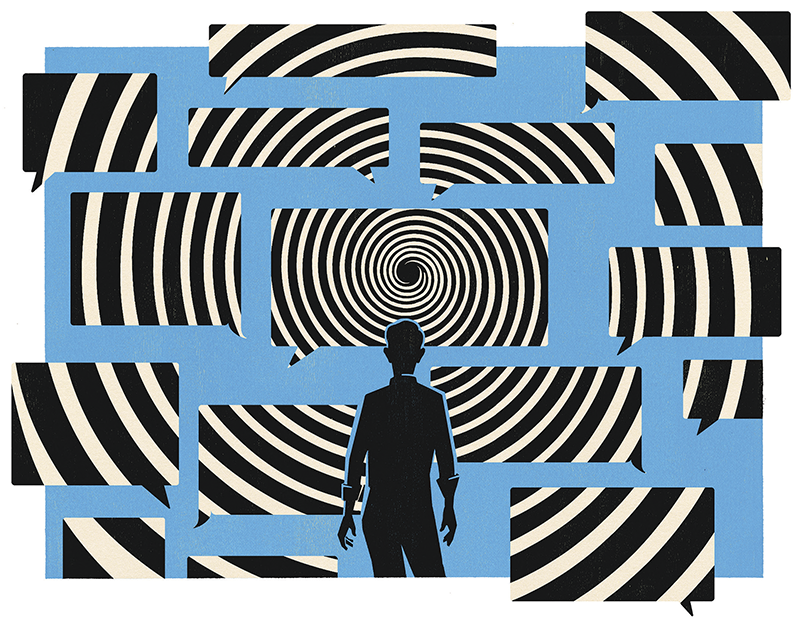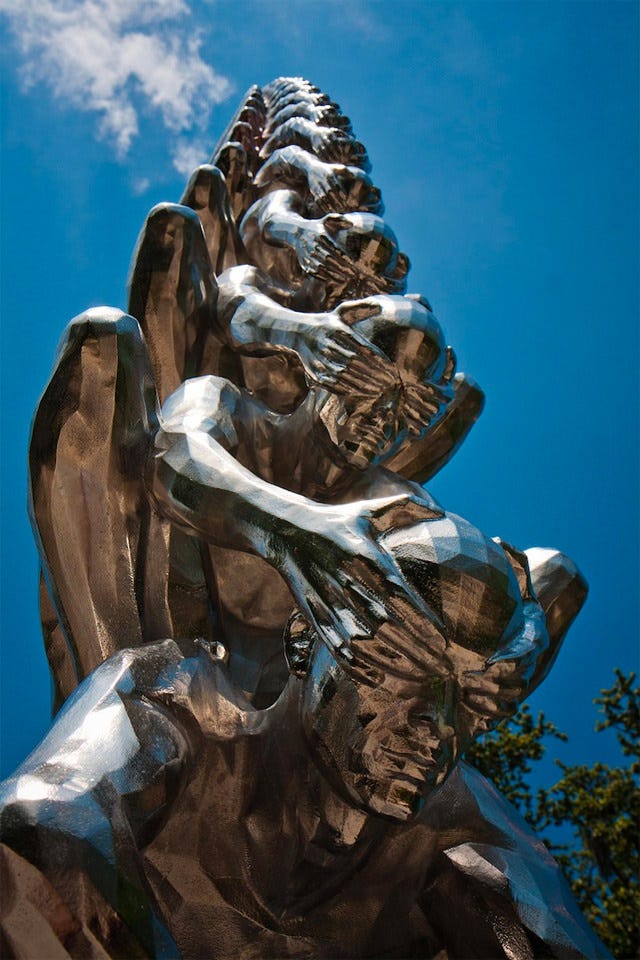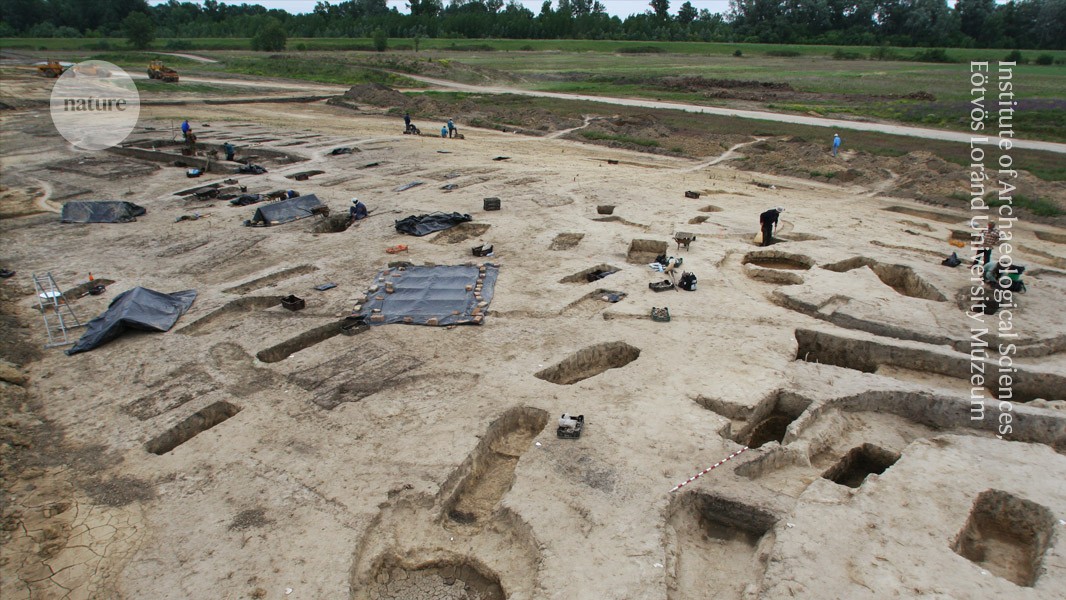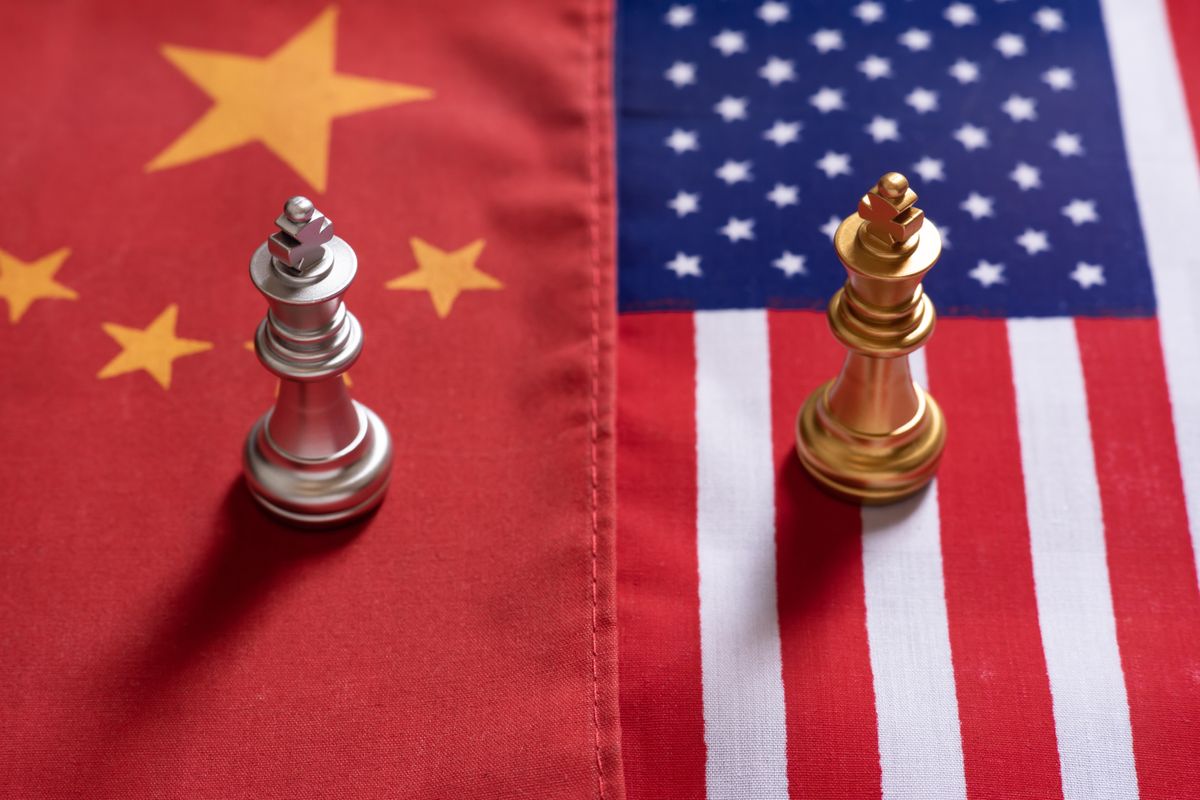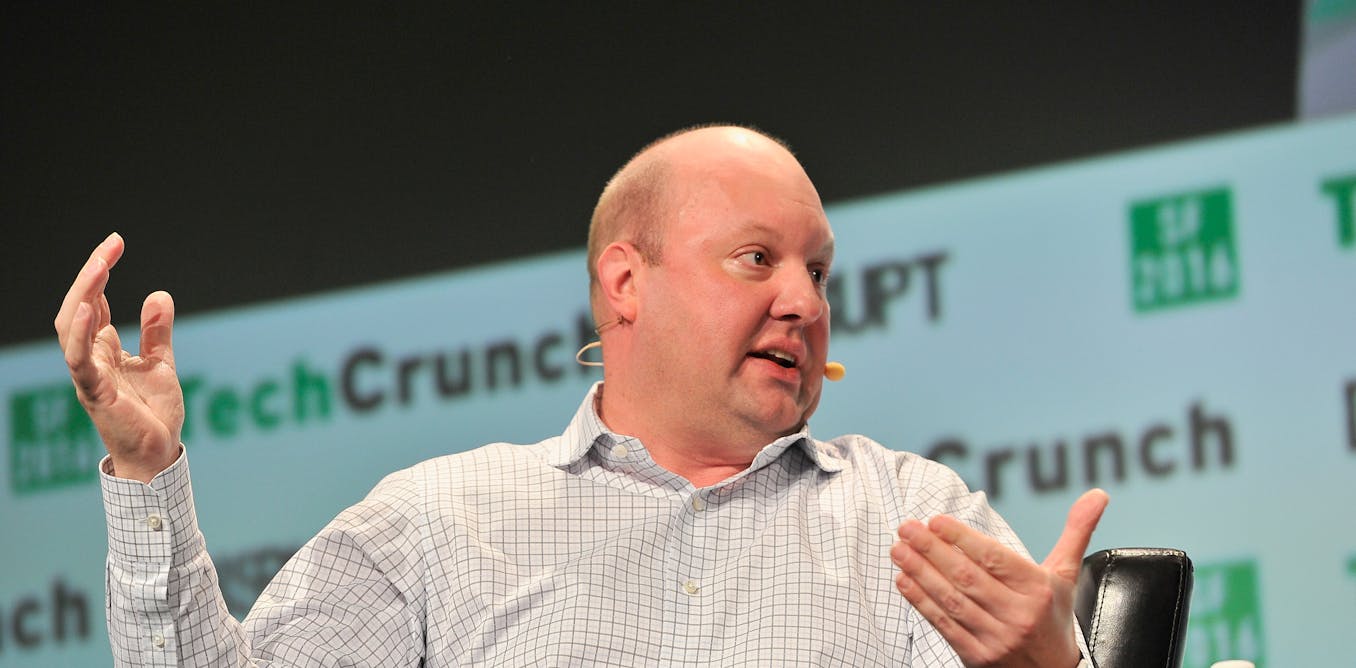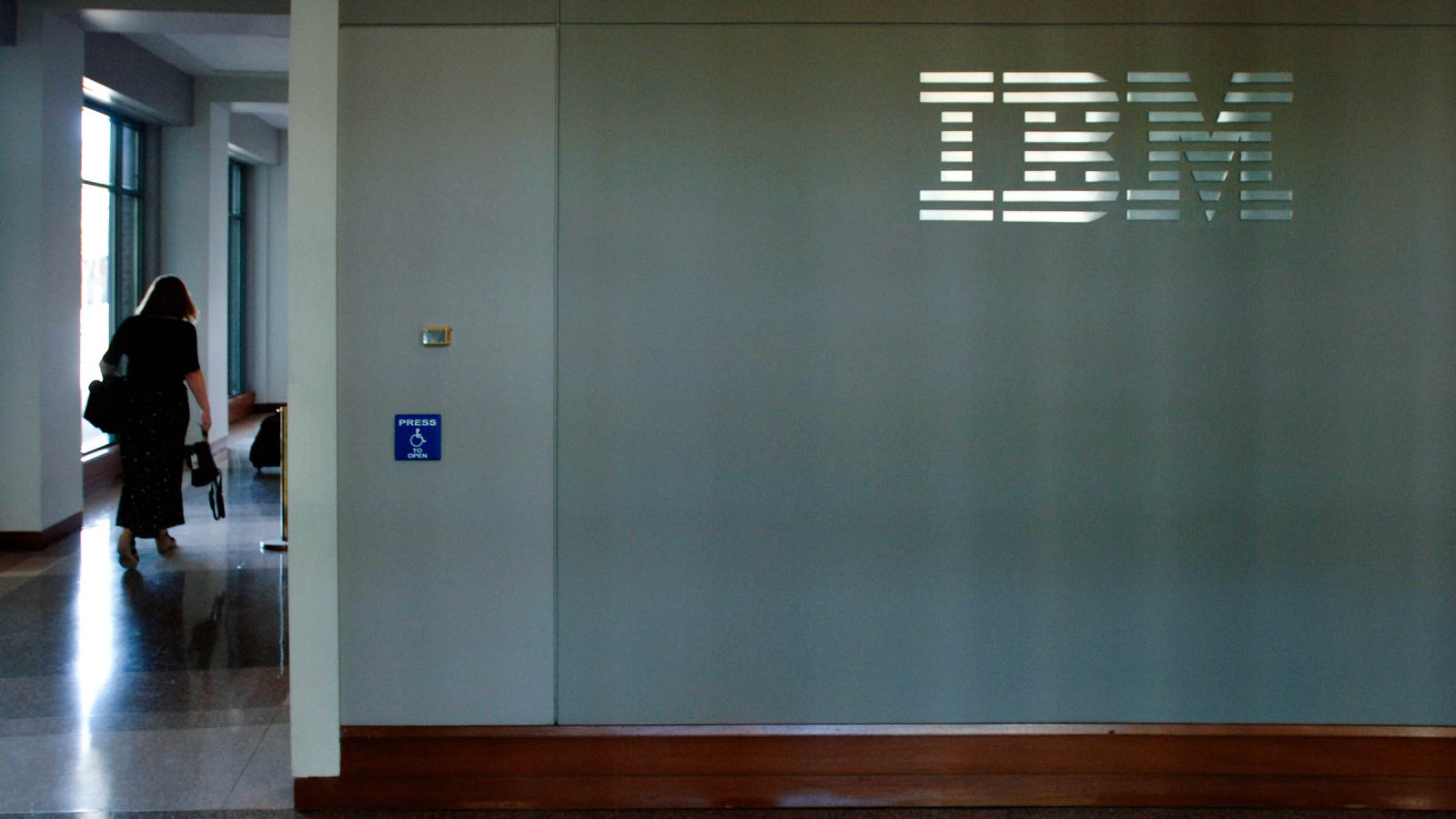![[Essay] | Wrong Answer, by Nicholson Baker | Harper's Magazine I n 1545, Girolamo Cardano, a doctor, a wearer of magical amulets, and a compulsive gambler, published a math book in Latin called Ars Magna. The “g](https://harpers.org/wp-content/uploads/2020/04/harpers-twitter.png)
[Essay] | Wrong Answer, by Nicholson Baker | Harper's Magazine
I n 1545, Girolamo Cardano, a doctor, a wearer of magical amulets, and a compulsive gambler, published a math book in Latin called Ars Magna. The “great art” of the title was algebra. When Cardano was done, he knew he had come up with something huge and powerful and timeless; on the last page was the declaration, written in five years, may it last as many thousands . The equations in Ars Magna looked very different from the ones we are familiar with — here, for instance, is how Cardano wrote the solution to x3 + 6x = 20:
But the algebraic rules Cardano described and codified are variants of the techniques that millions of students are taught, with varying degrees of success, today.
That’s what’s so amazing and mysterious about the mathematical universe. It doesn’t go out of date. It’s bigger than history. It offers seemingly superhuman powers of interlinkage. It’s true. Mathematics, said a professor named James Byrnie Shaw in 1918, is a kind of ancient sequoia of knowledge, rooted in the labors and learning of the dead:
Its foliage is in the atmosphere of abstraction; its inflorescence is the outburst of the living imagination. From its dizzy summit genius takes its flight, and in its wealth of verdure its devotees find an everlasting holiday.
